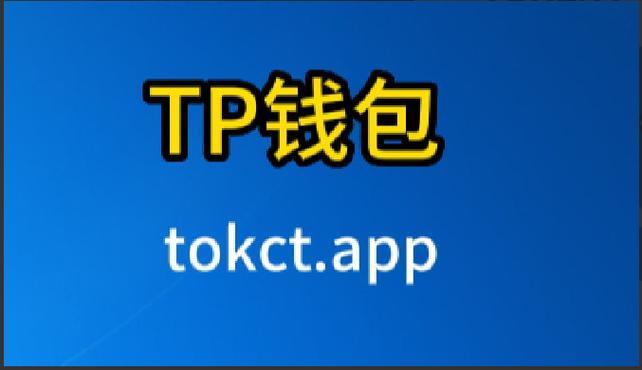【区块链是什么英文】TP钱包安卓版下载·(官方)全球通用TP钱包

In the digital age, the term "blockchain" has gained significant attention, becoming synonymous with innovation in various sectors. At its core, blockchain is a decentralized digital ledger technology that records transactions across a network of computers. Unlike traditional databases, which are controlled by a central authority, blockchain operates on a peer-to-peer network, ensuring transparency, security, and immutability.
## The Structure of BlockchainTo understand how blockchain works, it's essential to break down its structure. A blockchain consists of a series of "blocks" that contain transaction data. Each block includes a cryptographic hash of the previous block, forming a chain. This linking of blocks creates an unbreakable chain where altering any single block would require altering all subsequent blocks, which is computationally infeasible.
Each block typically contains three essential components:
- Data: This includes the details of the transactions, such as sender, receiver, and amount.
- Hash: A unique identifier for the block, generated using cryptographic algorithms.
- Nonce: A random number that miners solve to validate the block.
The process of adding a block to the chain involves several steps. First, a transaction is initiated and broadcasted to the network. Miners then compete to solve a complex mathematical problem, which validates the transaction. Once a miner successfully solves the problem, the new block is added to the blockchain, and the transaction is confirmed. This process is known as "Proof of Work" and is the foundation of many cryptocurrencies, including Bitcoin.
## Benefits of Blockchain TechnologyBlockchain offers numerous advantages that make it appealing to various industries:
### Transparency and AccountabilityOne of the most significant benefits of blockchain is its transparency. Every participant in the network has access to the entire blockchain, allowing them to verify transactions independently. This transparency fosters trust among users, as all transactions are visible and tamper-proof.
### SecurityBlockchain’s decentralized nature enhances security. Since there is no central authority, the risk of a single point of failure is minimized. Additionally, data stored on a blockchain is encrypted, making it extremely difficult for hackers to alter or manipulate information.
### EfficiencyTraditional financial systems often involve multiple intermediaries, leading to delays and increased costs. Blockchain reduces the need for intermediaries by enabling peer-to-peer transactions, making processes faster and more cost-effective.
## Use Cases of BlockchainBlockchain technology has extended far beyond cryptocurrencies. Here are some notable use cases:
### Financial ServicesBlockchain is revolutionizing the financial sector by enabling faster and cheaper cross-border transactions. Banks and financial institutions are exploring blockchain for remittances, clearing and settlement systems, and trade finance.
### Supply Chain ManagementIn supply chain management, blockchain enhances transparency and traceability. By recording each transaction in the supply chain on a blockchain, companies can track products from origin to destination, ensuring authenticity and reducing fraud.
### HealthcareIn healthcare, blockchain can streamline patient data management. It allows secure sharing of patient records among healthcare providers while maintaining patient privacy. This can lead to improved coordination of care and better health outcomes.
### Voting SystemsBlockchain technology is being explored as a solution for secure and transparent voting systems. By recording votes on a blockchain, the process becomes verifiable and tamper-proof, potentially increasing voter confidence in election results.
## Challenges Facing Blockchain TechnologyDespite its advantages, blockchain technology faces several challenges:
### ScalabilityAs more transactions are added to a blockchain, scalability becomes an issue. Many blockchains struggle to process transactions quickly, which can lead to delays and higher fees during peak times.
### RegulationThe regulatory landscape surrounding blockchain and cryptocurrencies is still evolving. Governments worldwide are grappling with how to regulate this technology, leading to uncertainty and potential legal challenges.
### Energy ConsumptionSome blockchain networks, particularly those that use Proof of Work, consume vast amounts of energy. This has raised concerns about their environmental impact and sustainability.
## The Future of BlockchainThe future of blockchain technology is promising. As more industries recognize its potential, we can expect to see increased adoption and innovation. Emerging solutions, such as Proof of Stake and sharding, aim to address existing challenges like scalability and energy consumption.
Moreover, collaborations between private companies and governments may lead to the development of hybrid blockchain solutions, combining the benefits of both public and private blockchains. This could further enhance the technology’s versatility and applicability across various sectors.
## ConclusionIn summary, blockchain technology has the potential to transform how we conduct transactions and manage data across numerous industries. Its benefits of transparency, security, and efficiency make it an appealing solution in a world increasingly reliant on digital interactions. While challenges remain, the ongoing evolution and adoption of blockchain signal a bright future for this innovative technology.
